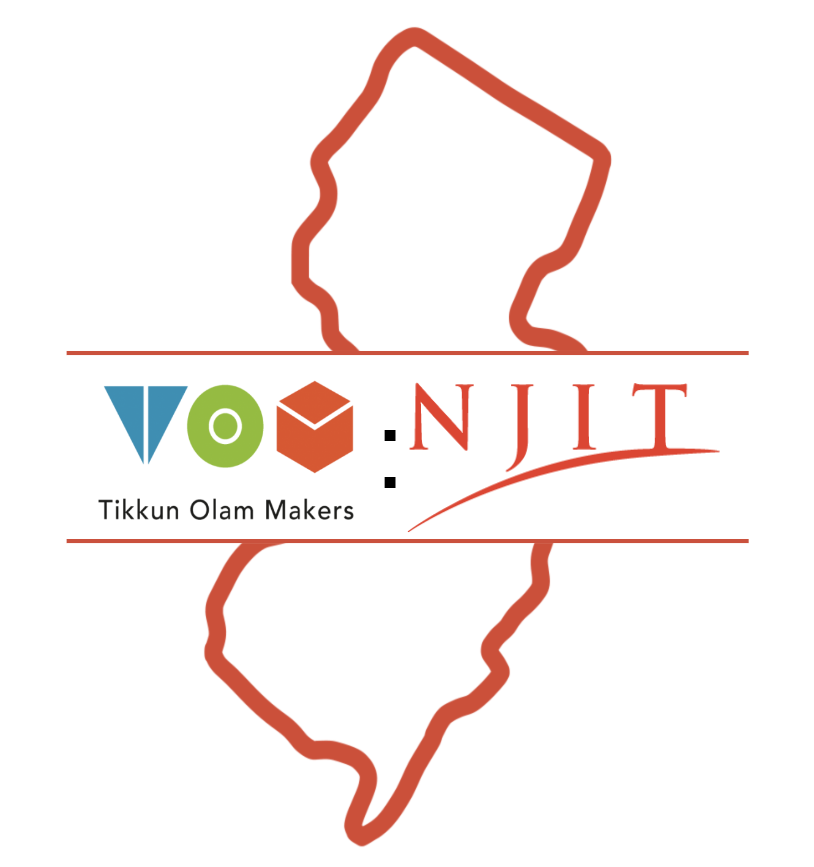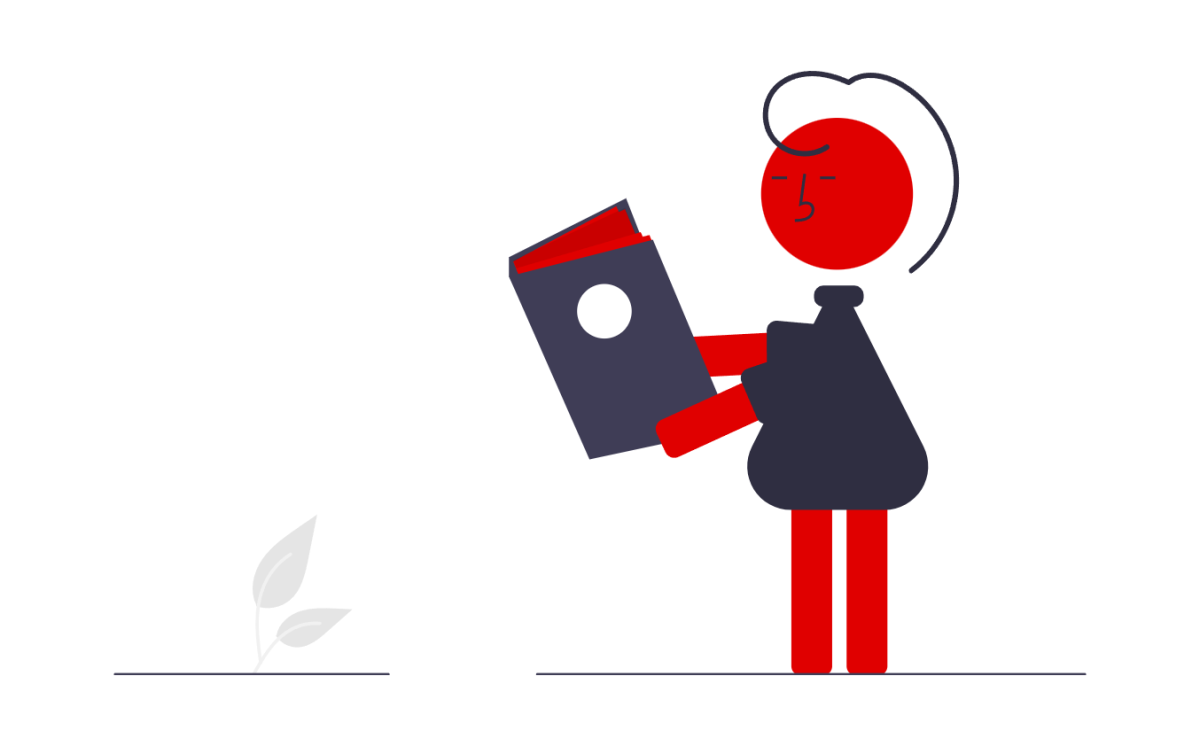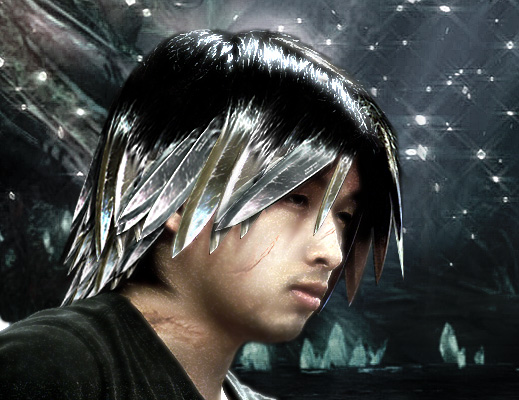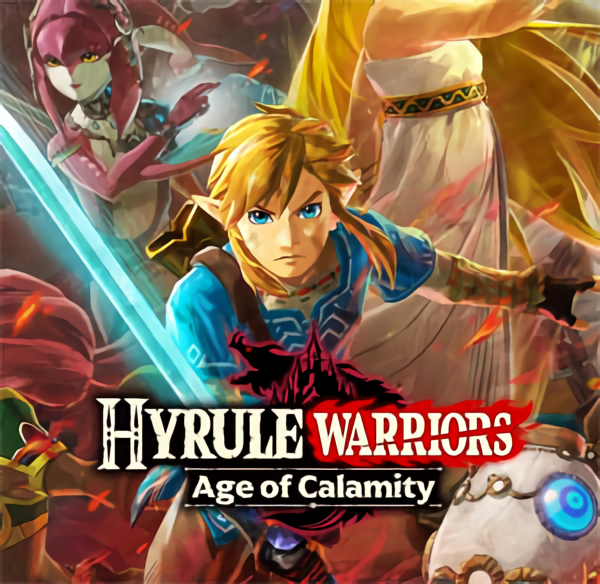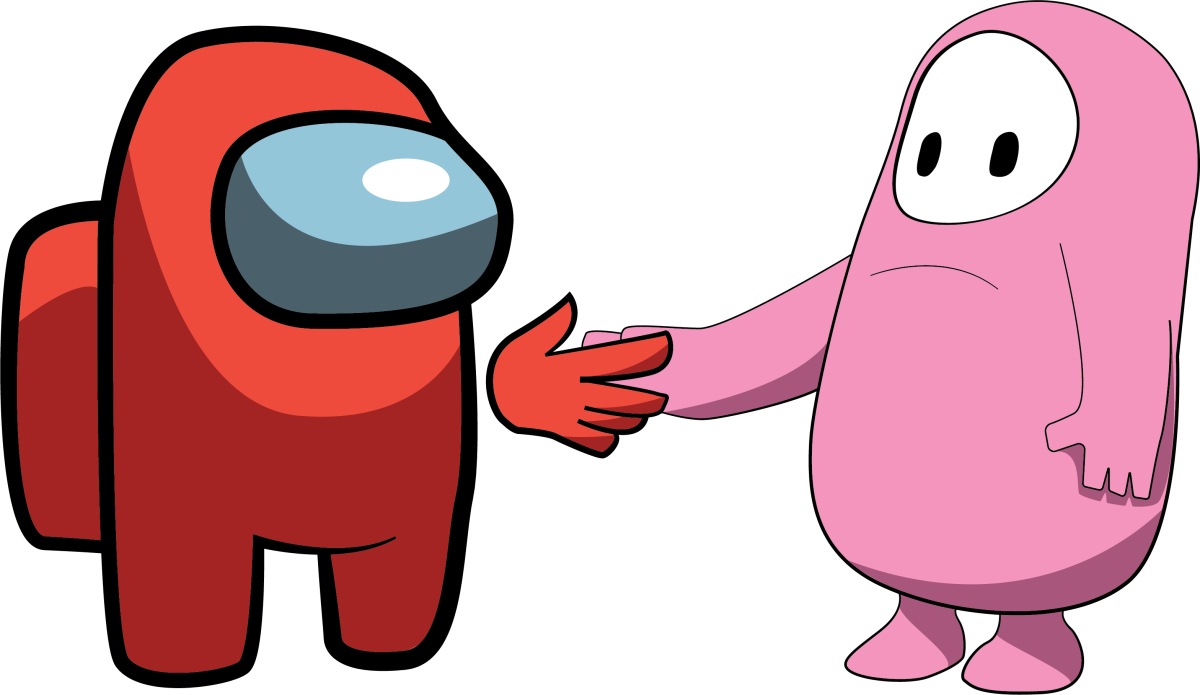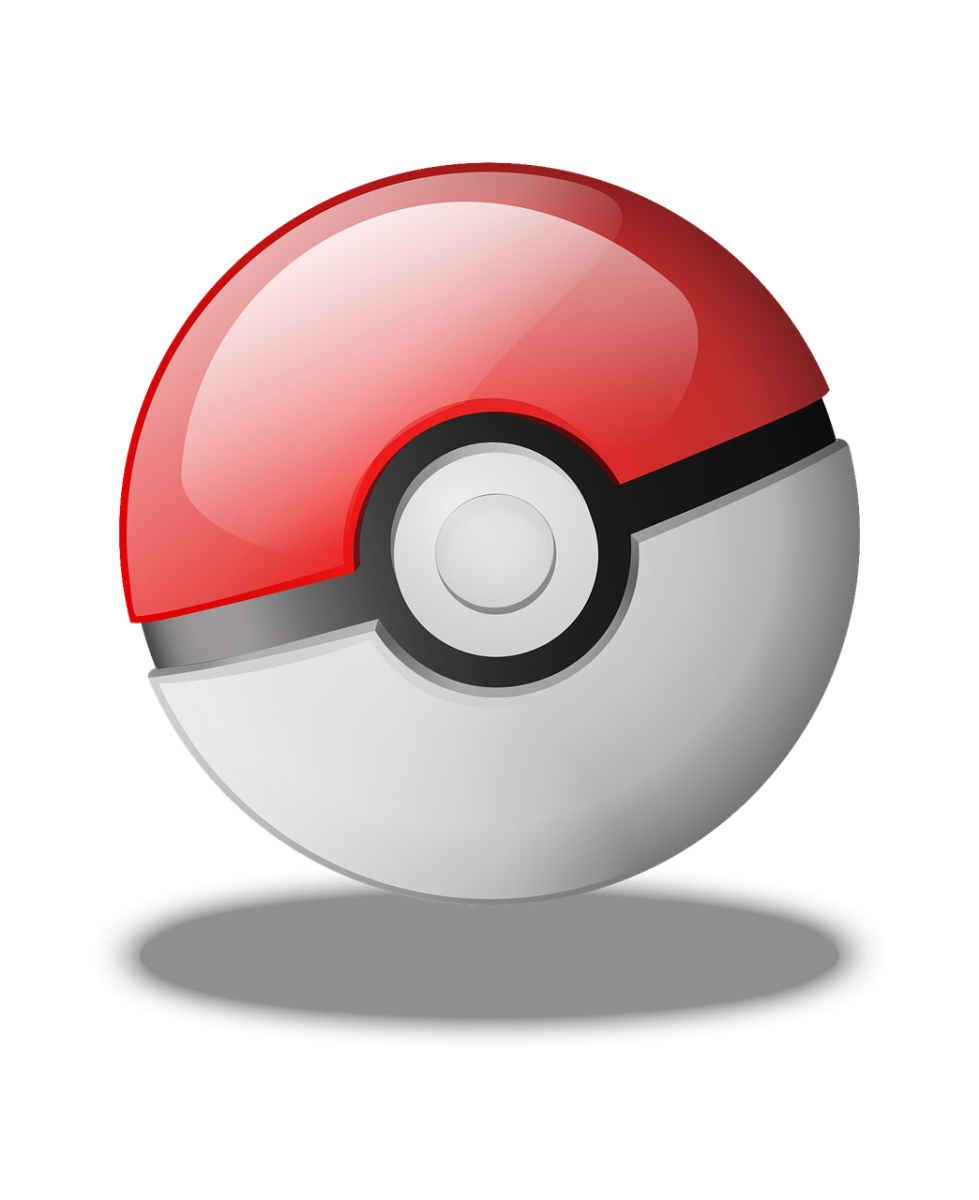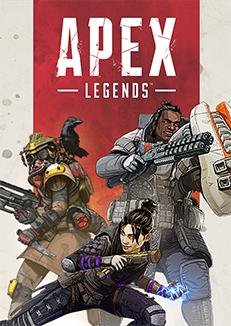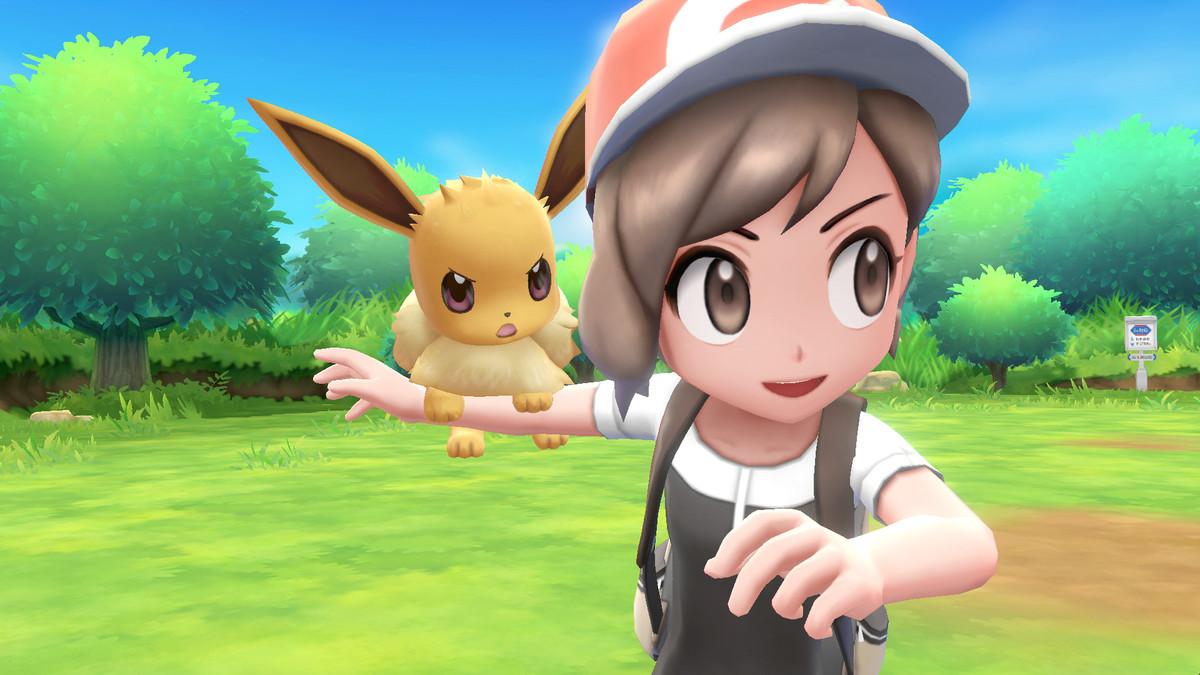As someone who has tried their hand at some 3D modeling and animation, I can say without regret that I’ll never be able to get a job as an animator. I have only respect for animators as, even if I have some amount of thought in animation and how that would work, I can’t understand how to do something like rigging or UV mapping. Then you see people like Monty Oum and all you can say is, I have no excuses for not learning how to animate when a high school dropout has been creating amazing fight scenes and choreography since 2007. So how does Monty Oum, the creator of animations like Dead Fantasy, Haloid, and the more recent RWBY, do it?
A lot of Monty Oum productions are based around an idea that popped up in his head and being interested in that project. When asked what inspired Dead Fantasy, for example, Monty answered that “I was a big Final Fantasy and Dead or Alive fan and I thought that it would be awesome to put the two ideas together.” This also ties into why he got into animation as well, because he wanted to. For anyone who heard previous interviews about the creation of RWBY, the story that Monty woke up one night with the idea for RWBY and immediately wanted to make it, so it came to be. Much like what I’ve said in previous articles, if you have an idea, make it, write it, and don’t let it just be an idea. We all say we have this awesome idea but an idea is an idea. It won’t mean anything until you make it.
Going into the fine details of some of the choreography in Monty Oum productions, they step outside the norms of even some of the best anime including Fate/Zero and Tengen Toppa Gurren Lagann. There are no stops in the flow of combat nor are there those little sequences where two characters clash, jump back, and then clash again like in the battle between Archer and Lancer in the first episode of Fate/Stay Night (Ufotable edition). The inspiration for a lot of the fight sequences in RWBY, for example, came from kung fu movies. This is because the animations Monty creates don’t need giant info dumps. All of his creations aren’t recreating scenes from another source material, the creations are the source material.
There is a problem, however, when making your own stuff. That part being the amount of time and resources that are being spent on projects. However, looking through a lot of what has been made through the years in each Monty Oum production, there are bits and pieces from previous works in a lot of the newer works. Take the season one finale with the blades coming out of the back of a character being reminiscent of a similar attack being used in the latest part of Dead Fantasy, don’t reinvent the wheel when it has already been made. I can’t tell you how many times I have noticed the same fallen person animation in RWBY but in terms of time and budget, such things make sense. What you have is a toolbox of animations to use for the more basic necessities. By having this toolbox, you can focus on creating those amazing details like the footsies in the Yellow Trailer of RWBY.
Monty Oum’s success definitely has to be a testament to how great his workflow and work ethics are. Working and finishing ideas, learning from old ideas to put into newer ideas, and detailing those ideas have all helped to establish how awesome an animator Monty Oum is. Even though he doesn’t recommend animation students to use Poser Pro, that doesn’t change the fact that Monty has been doing amazing things from it. That being said, a lot of these tips and tricks are easy for anyone to do. I, myself, have used ideas from old games I’ve made and incorporated in newer titles, for example. There is an independent game studio that made a game because they like “kitties” and wanted to make a game where they went into boxes. So, take these tips to heart because you never know, you might make the next big web animation because you did!









